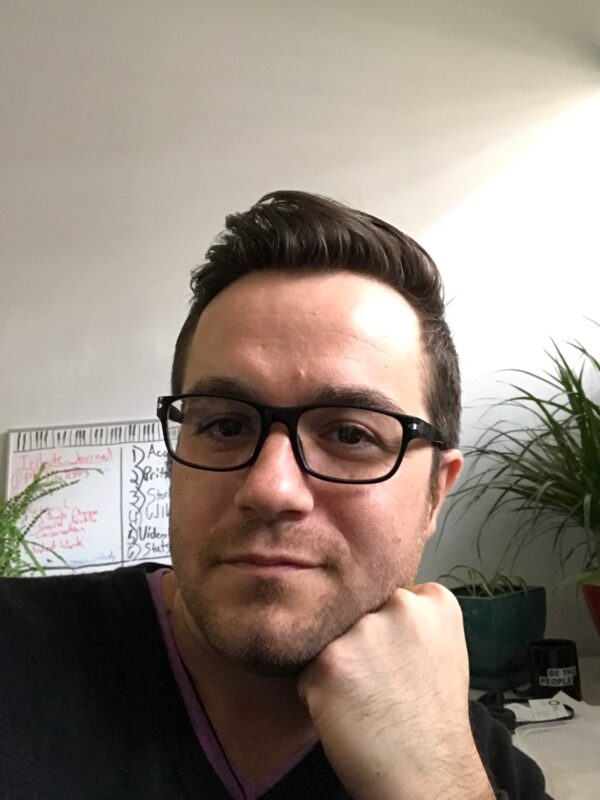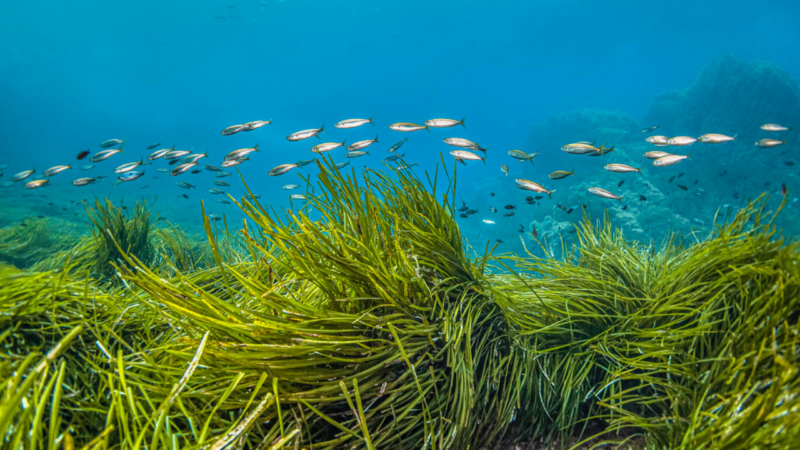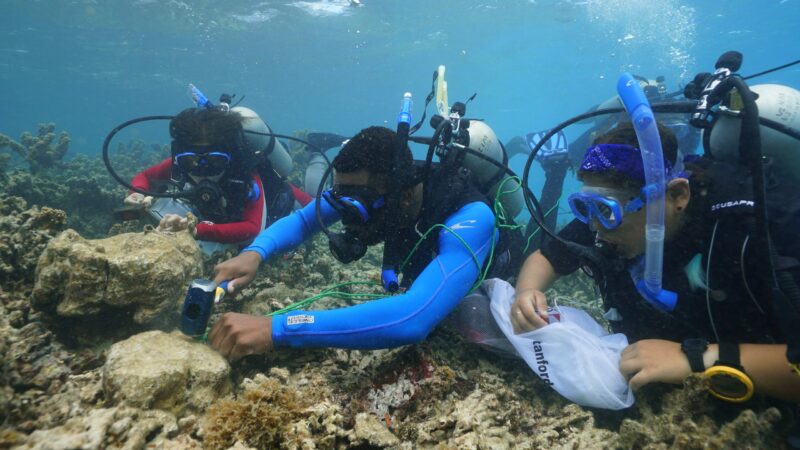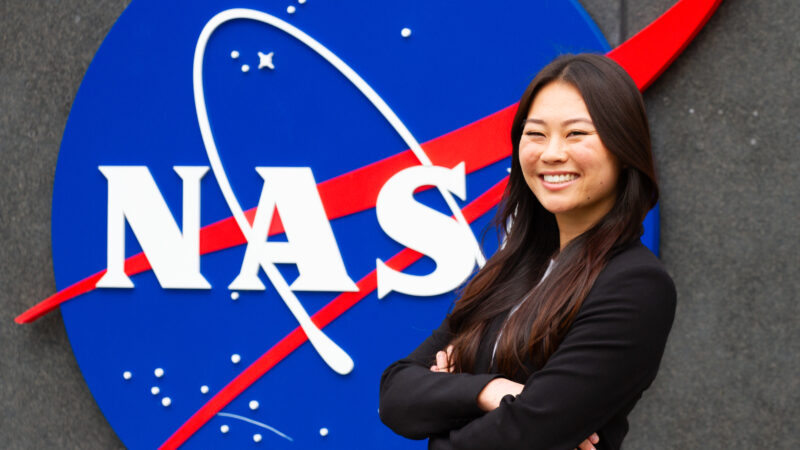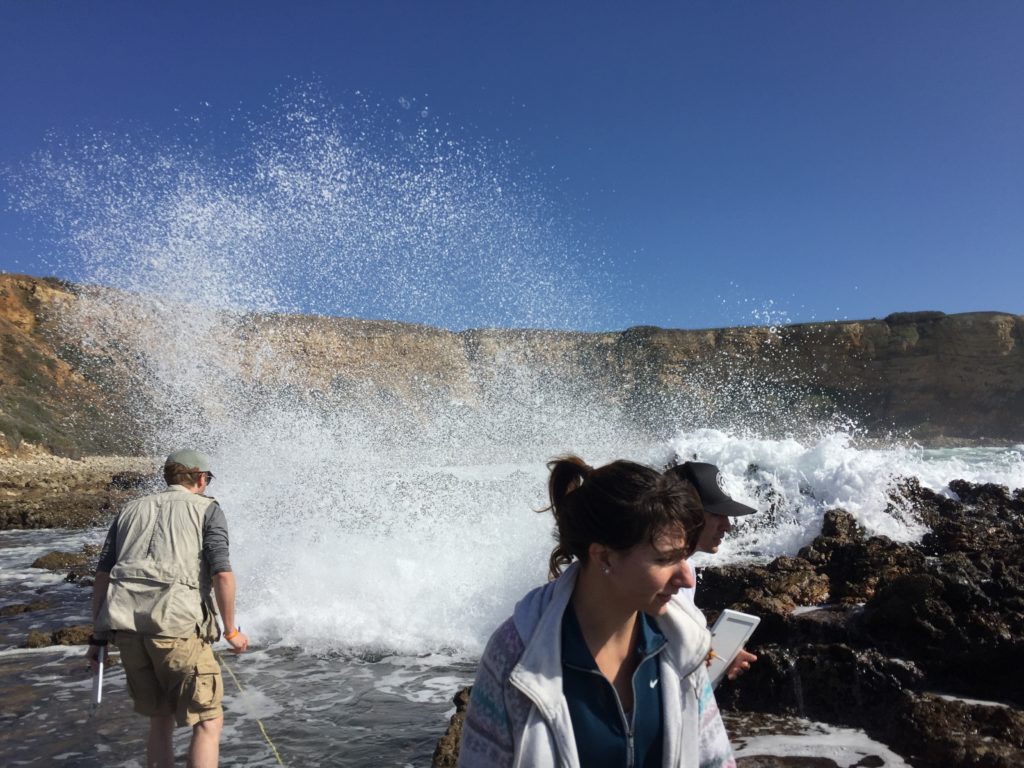
Four UCLA students piled into a tan station wagon and headed south, radio blasting.
Time was of the essence, but they weren’t rushing to a music festival or spring break in Mexico—they just didn’t want to miss low tide. It’s a routine that Denita Toneva, a senior majoring in environmental science, has gotten used to.
“I’ve learned to schedule my life around the tides,” Toneva said.
The students were heading to the craggy shoreline of Palos Verdes to study intertidal zones, critical ecosystem links between land and sea. The rocky tidepools along the well-to-do coastal neighborhood are home to diverse plant and animal life such as small fish, sea anemones and mollusks.
The study is part of the Senior Practicum, a year-long program that pairs small groups of students with real-world clients to devise solutions to environmental problems. The practicum is mandatory for all undergraduates with the UCLA Institute of the Environment and Sustainability.
Toneva’s group chose to work with the Bay Foundation. Sea urchins had overpopulated the tidepools and were ravenously devouring algae, an important link in the food chain. Without the algae, other species would have nothing to eat and the ecosystem’s biodiversity would be in serious trouble.
“Getting the students was an opportunity to get that next generation of thinkers involved in this process,” said Tom Ford, the Bay Foundation’s executive director.
After a preliminary meeting in November, the students came up with a research plan. They would remove the urchins and take weekly measurements to see how other species recovered. Then El Niño arrived.
The urchin invasion was wiped out, likely because of warm waters from the global climate event. When the students showed up in December, all that remained were a few scattered shells.
Nature tends to throw a few curveballs. Sometimes, that leads to unexpected discoveries.
Shifting tactics, the team decided to record intertidal life during El Niño. They plan to compare this year to the massive 1997-98 El Niño and non-El Niño years—hopefully shedding light on how climate change impacts biodiversity. The process would take them off campus every week to brave the elements and get their feet wet, literally, with challenging fieldwork.
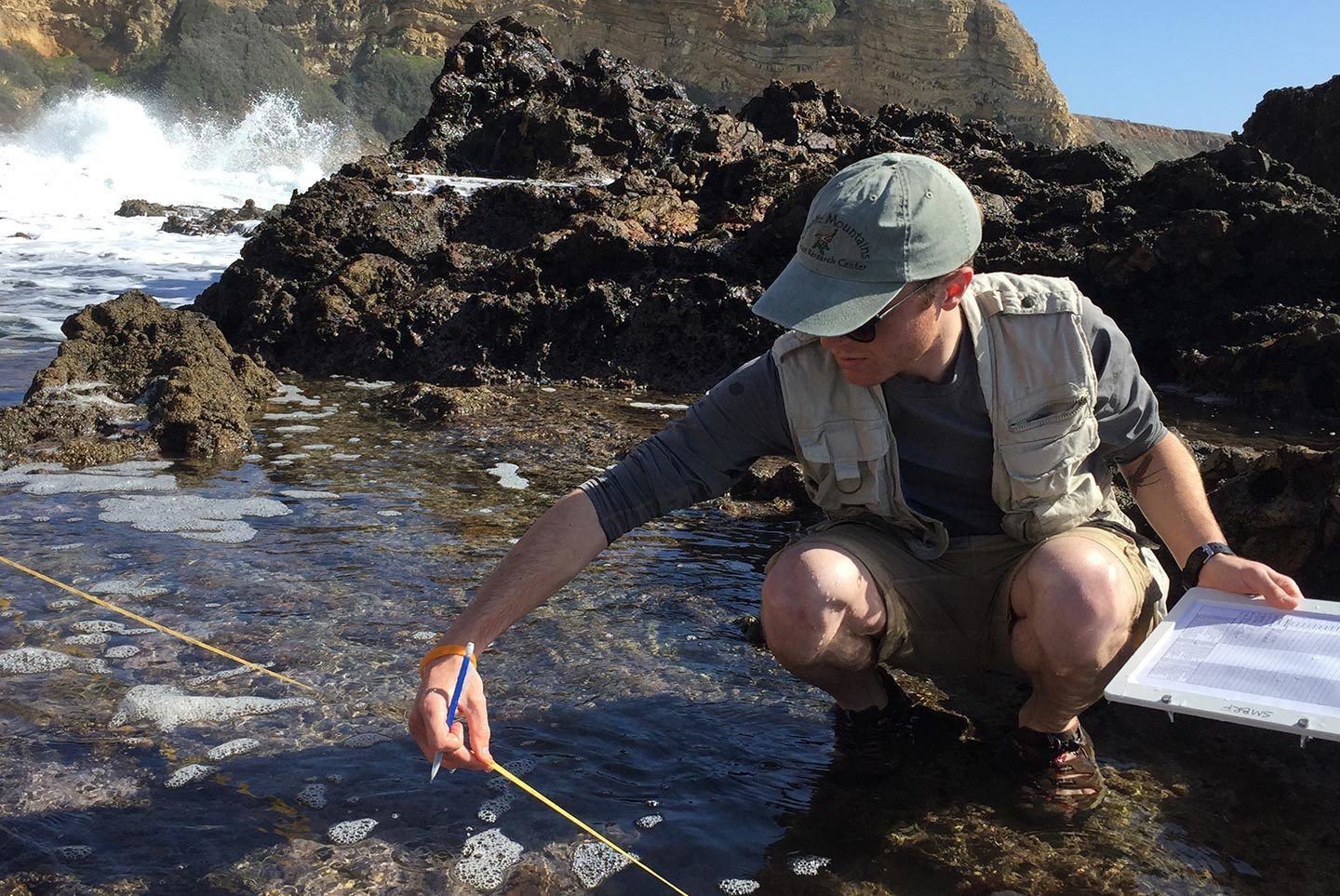
The work is equal parts science and extreme sport. The students scramble hundreds of feet down steep bluffs with equipment in tow, then wade into 60-degree water and measure out a 30 meter section of tidepool. Using waterproof pens and notepads, they record data about the species they see—what kind and how many there are. They also measure pH, temperature and salinity, and record physical characteristics of the ground below. Working meter by meter, they move quickly. There’s only a short window of time when the tide is low enough to make observations. After that, the waves start to come.
It’s exhilarating and a little bit scary, Toneva said. “But that’s the fun part.”
On Sunday, the expedition was more hurried than usual, said Joseph Curti, a team member. A planned Saturday outing was called off because of an El Nino rainstorm. Another storm was expected on Monday. The students desperately needed a data set to maintain a consistent record. When they pulled up to the bluffs, they were greeted by 25 mile per hour winds and rough surf. They decided to go for it anyway. Soon after they set up, a large wave toppled Toneva—leaving her shaken and shivering from the cold, but unhurt. The team worked quickly, constantly peeking over their shoulders for waves. The big ones caused the water to foam, obscuring their view and slowing the count. Working methodically, they recorded data as the tide rose.
“Hurry up. Let’s get out of here,” said Curti, moments before a big wave surprised the team, soaking them one last time.
In the end, they got the measurements they needed and dried off while taking in the scenic coastline. A cormorant scanned the surface of the ocean for fish.
It sounds dramatic, but the students are playful, laughing at clumsy missteps and watching each other’s backs while following safety procedures. Casey Crampton, who grew up south of Palos Verdes in Orange County, said camaraderie is one of the biggest benefits of the Senior Practicum.
“There’s a lot of bonding,” Crampton said. “We travel to the site together, we’re there for a couple hours and we have weekly team meetings.”
For Denita Toneva, the impact of their work is what matters most. The urchins took over because of a lack of predators—spiny lobsters had been overfished, human development eliminated southern California’s sea otters, and sea stars had been decimated by a wasting disease. Through their work, Toneva and her team are collecting data that can help scientists preserve intertidal communities in the future. They’re also protecting creatures like sea hares, slug-like mollusks Toneva calls “cute.”
“Everybody thinks environmentalists are total pessimists but in reality we are the biggest optimists,” Toneva said. “We know how bad it is and we still think we can make a difference.”

